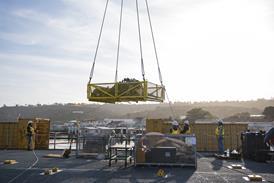Canadian air taxi operators have been presented with a list of 71 recommendations designed to improve safety by a task force set up by air transport regulator Transport Canada.
The Safety of Air Taxi Operations (SATOPS) task force was set up in January 1996 following a Transport Canada review of 1990-5 accident data which showed that air taxis have far more accidents than any other sector of Canada's commercial aviation industry and that the number of fatal accidents is not decreasing.
The recommendations read like a litany of practices that professional operators would normally be expected to carry out, but is revealing in particular aspects.
For example, it is recommended that operators should no longer assume that pilots who have just completed a flying school course will have adequate skills in visual flight rules navigation because today's students will have tended to concentrate upon instrument flight rules navigational skills, thus learning to rely upon instruments and global positioning system information.
High priority is given in the report to the fact that maintenance engineers are believed to be subject to undue fatigue because there are no regulatory limits on duty hours, and that there are no standards for "initial and recurrent aircraft type training for aircraft maintenance engineers".
SATOPS recommends ways for operators to avoid putting undue pressure on pilots to start or complete a flight against their better judgement. For example, telling the pilot of a medical evacuation flight about the injuries of the person who has to be picked up is discouraged: the recommendation is simply to tell the pilot the operational details of the mission.
Finally, regular air taxi service clients are to be told how to differentiate between a safe operator and an unprofessional one.
Source: Flight International























